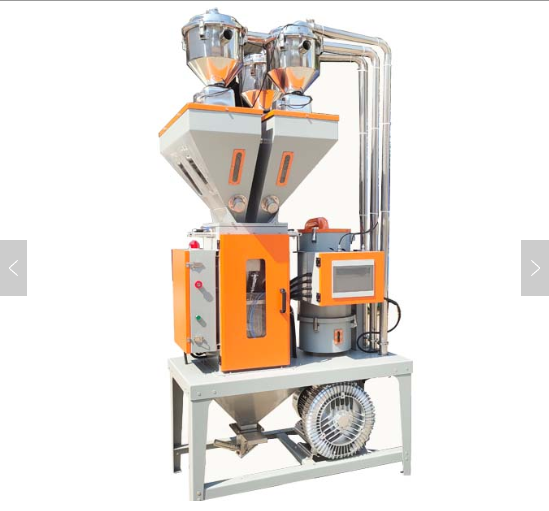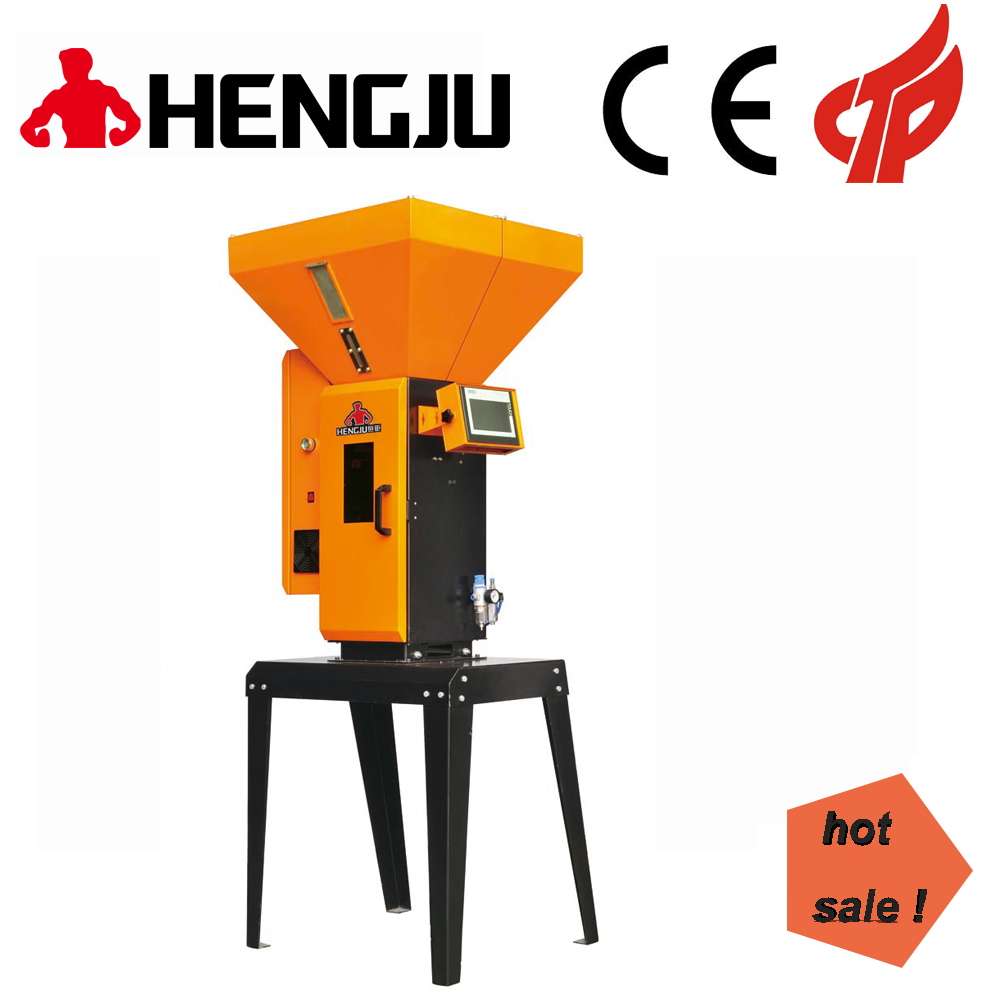The difference between dehumidifier and refrigeration dryer
Dehumidifiers are also called dehumidifiers, dehumidifiers, or humidity regulators. The dehumidifier consists of a compressor, a heat exchanger, a fan, a water container, a casing and a controller. Its working principle is: a fan The moist air is drawn into the machine and passed through the heat exchanger. At this time, the moisture in the air condenses into water droplets and becomes dry air to be discharged outside the machine. This cycle reduces the indoor humidity.
The refrigeration system of the refrigeration dryer belongs to compression refrigeration, which is composed of four basic components: refrigeration compressor, condenser, evaporator, and expansion valve. They are connected in turn by pipes to form a closed system. The refrigerant continuously circulates in the system, changes its state, and exchanges heat with the compressed air and cooling medium.
The amount of water vapor in the compressed air is determined by the temperature of the compressed air: while keeping the compressed air pressure basically unchanged, lowering the temperature of the compressed air can reduce the water vapor content in the compressed air, and the excess water vapor will condense Into liquid. The cold dryer uses this principle to use refrigeration technology to dry compressed air. Therefore, the refrigeration dryer has a refrigeration system
The refrigeration compressor sucks the low-pressure (low-temperature) refrigerant in the evaporator into the compressor cylinder. The refrigerant vapor is compressed, and the pressure and temperature increase at the same time; the high-pressure and high-temperature refrigerant vapor is compressed to the condenser, in the condenser, The refrigerant vapor at a higher temperature exchanges heat with the cooling water or air at a lower temperature. The heat of the refrigerant is taken away by the water or air and condenses, and the refrigerant vapor becomes a liquid. This part of the liquid is then delivered to the expansion valve, throttling through the expansion valve into a low-temperature and low-pressure liquid and enters the evaporator; in the evaporator, the low-temperature, low-pressure refrigerant liquid absorbs the heat of the compressed air and vaporizes (commonly known as "evaporation") , And the compressed air is cooled and condenses a large amount of liquid water; the refrigerant vapor in the evaporator is sucked away by the compressor, so that the refrigerant passes through the four processes of compression, condensation, throttling, and evaporation in the system, thus Completed a cycle.
|



